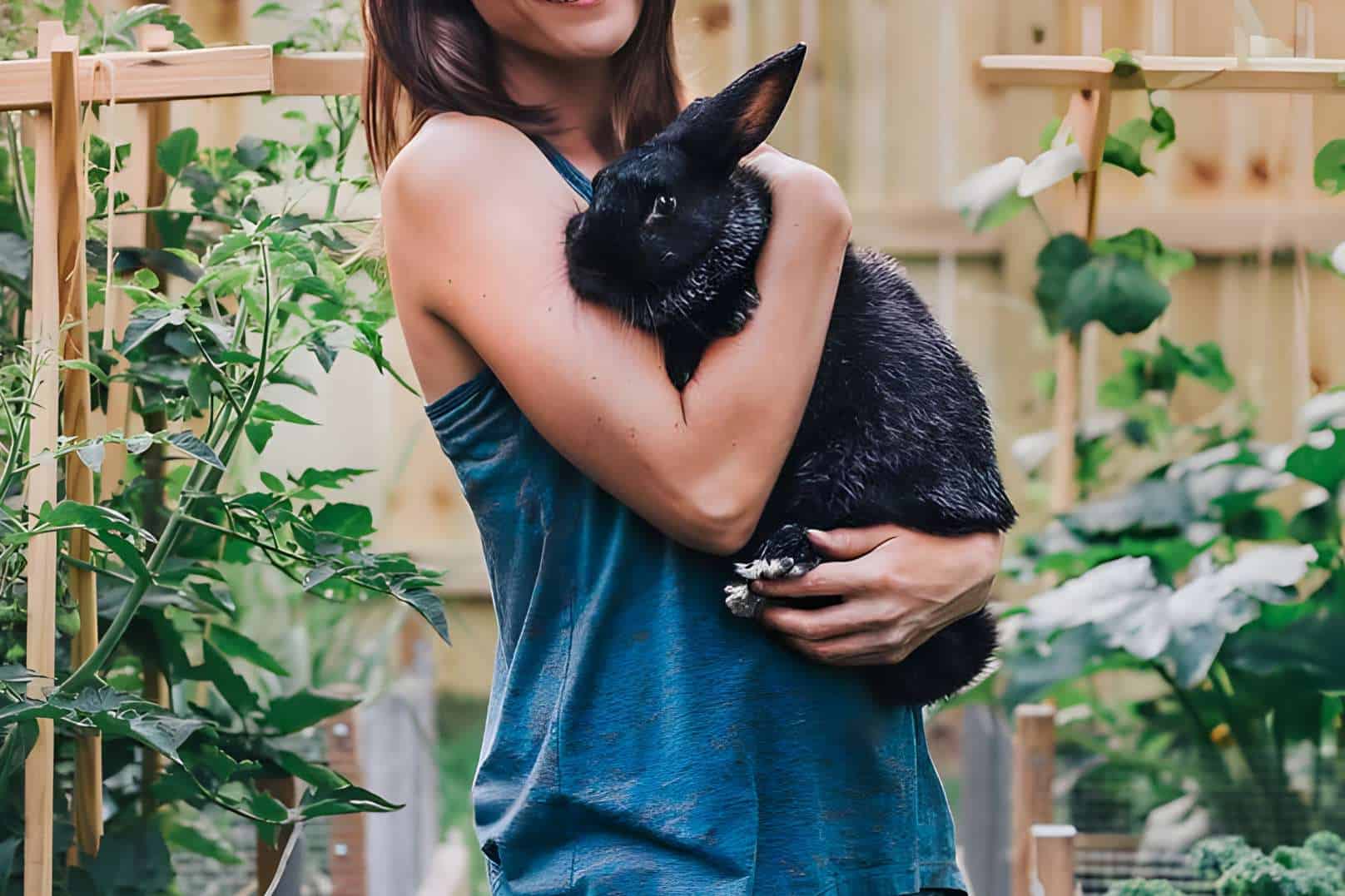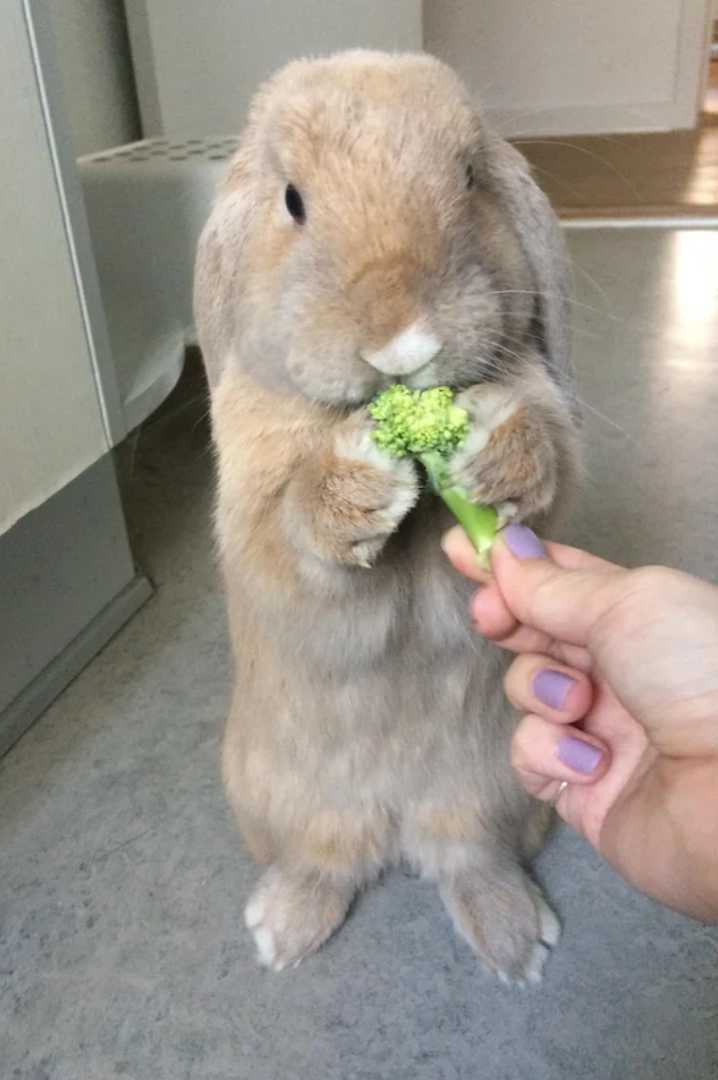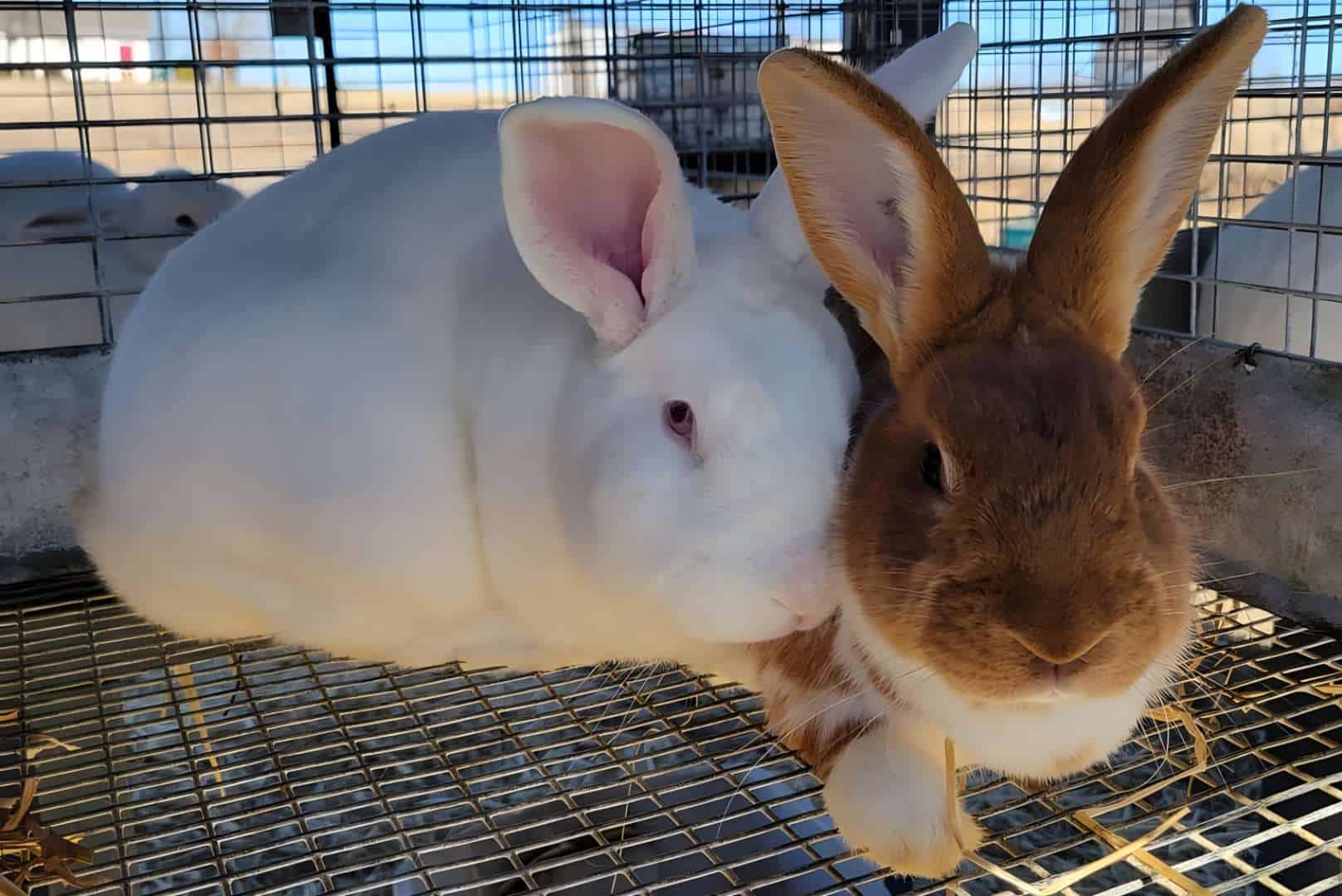Taking care of animals is not an easy task. To ease the job, this article will tell the general tips and tricks on how to take care of a rabbit.
Provide the Standard Needs for Rabbits
A rabbit is considered a moderate-maintenance pet and companion. Like cats and dogs, rabbits are also recommended as an option for beginner pet owners.
With that said, rabbits need as much care, love, and attention to live their best life. If you have no idea where to start, don’t worry! We are here to list down and guide you on the everyday needs of rabbits.
Be sure to provide these needs for your rabbits:
- Habitat
- Food and Clean Water
- Medical Needs
- Litter Box
This article will go more in-depth when it comes to these needs. Read further down to know more.
Feed them the Right Type and Amount of Food
Rabbits have a very sensitive digestive system. They are prone to diarrhea, especially when they are under a year old. To ensure that they get the proper nutrients and minerals, feed them the right type and amount of food.
As they are grazing animals, the rabbit’s diet must consist of 70 to 80 percent hay and grass.
Grass and hay as food sources will provide them with the proper nutrients such as fiber, protein, and calcium. For the first twelve weeks, hay and grass are the only food sources for the kit other than its mother’s milk.
Vegetables are another food source for obtaining vitamins and minerals, such as vitamin C, vitamin A, potassium, magnesium, and iron.
The vegetables need to be at around 10 to 20 percent of their diet. Although it’s safe to feed the rabbits with vegetables, it is not their primary food source.
When feeding the rabbits with vegetables, make sure that you choose those that do not have any high amounts of sodium and sugar.
Stick to leafy greens such as lettuce, cabbage, and brussels sprouts. The introduction of vegetables should not happen until the rabbit is more than 12 weeks old.
Fruits and other vegetables with a high sugar content must be given sparingly. These types of foods are meant to be treats and not a part of the everyday diet.
Do not indulge the rabbits in human treats such as cookies or chocolates. Even though most of these snacks are safe to consume, high amounts of sugar may lead to several health risks.
When feeding rabbits new types of food, make sure to introduce them slowly. Rabbits are prone to diarrhea, so giving them a new, unfamiliar kind of food can lead to an adverse reaction.
Try to introduce a one-sixth to one-eighth cup serving before providing a significant amount to the rabbit.
Give a Secure and Safe Habitat
Most pet rabbits are small enough to be housed in an apartment and other compact living spaces. With that said, a grassy land is where they will thrive. Rabbits love to forage, even the tame ones, so even a small grassy garden will do wonders for the activeness of the animal.
Even so, you can still take good care of your domestic rabbits with a small living space. Make sure that they have room to play and hop around. Most rabbits also love toys. You can play with them using ones designed for cats.
If you have a garden or other wide spaces, make sure that it’s secure and fenced to keep the rabbits safe and secure. Rabbits tend to run off and forage when introduced to open spaces, so make sure to provide one with safety measures at hand.
If you have other animals in the house, make sure to introduce the rabbit slowly. Some pets can have an adverse and aggressive reaction to new animals.
In their habitat, make sure to provide a place for them to sleep and eat. Putting the sleeping bed and food bowls in one area can train the rabbit to go there when it needs anything.
Also, provide a place for them to potty. Rabbits are harder to train, but they can be trained with patience and consistent teaching. You can place a litter box where the rabbit is most likely to potty.
Properly Clean and Groom the Rabbit
Rabbits are animals that have an aversion to water, so bathing them is not recommended. Submersion in water can cause stress and potentially lead to hypothermia due to the sudden change in temperature.
Like cats, rabbits can and will groom and clean themselves constantly, so bathing is unnecessary most of the time.
Dry bathing and spot cleaning are the most common ways to clean rabbits. To do it, you need to:
- Get a baby wipe or a damp cloth. Baby wipes are the most recommended as they don’t have many harsh chemicals compared to standard wet wipes.
- Gently spot clean the soiled and dirty areas using the wipes. Make sure to remove all the excess dirt from the fur.
- Once you spot clean the rabbit, it’s time to do a dry bath. Use fragrance-free cornstarch to ensure no adverse effects on the rabbit’s skin. While doing this process, ensure that the rabbit is well relaxed.
- Sprinkle the cornstarch on the rabbit’s fur and gently massage it through. The powder will remove the smell and has antibacterial properties.
- Then, use a flea comb to remove the excess cornstarch. By combing the fur, you can remove the tangles and ensure that the cornstarch is present and well spread.
That’s it! You can now successfully clean the rabbit with limited use of water. It’s safe and proven to remove bacteria and dirt.
Other parts of the rabbit, such as the ears, also need thorough cleaning. You can easily use a cotton swab and tweezers to remove debris or wax build-up.
To clean their anus, you can see this guide:
Keep Various Medical Risks in Mind
Compared to other domesticated animals such as cats and dogs, rabbits are more prone to a slew of diseases. To ensure that they have a good quality of life, you need to keep in mind these common types of rabbit medical risks.
Diarrhea
Diarrhea is one of the most common types of sickness that hits rabbits. Due to their sensitive digestive system, adverse reaction to different type of food is very prominent.
Not to be confused with cecotropes which are partially digested rabbit food, diarrhea is characterized by wet and liquid-like excrement.
To keep this from happening, make sure to check if the food is safe for rabbits to consume. Giving them the right amount of serving will also keep diarrheal from happening.
If you are introducing a new type of food, make sure to give small servings in the span of weeks and observe if the rabbit has diarrhea.
Fleas
Fleas are common among furry pets. Unfortunately, rabbits also belong to the list. Fleas can be easily avoided if you regularly groom and clean your rabbits. Using a flea comb will also help in removing fleas.
If the flea problem is going overboard, check with your vet to resolve the issue either by using topical cream, powder, or sprays.
Ear Infection
Rabbits are known for their long and large ears. As it’s their prominent feature, their ears are also prominent for ear infections. Regularly cleaning the ears can help reduce the risk of ear infections.
If the ear infection persists, go to the vet immediately. Bacterial and wax build-up can be painful and lead to more dangerous medical risks such as ear abscesses.
Dental Problems
Rabbit teeth continuously grow throughout their life, so if they don’t have a proper diet and wear down their teeth, it can lead to dental problems.
Make a Regular Vet Appointment
To ensure that your rabbit has the best health, regular vet appointments are necessary. Ensure to visit the doctor for an overall check-up at least once a year. Visiting the vet is more important if there are medical risks and diseases in the rabbit.
Consulting a veterinarian is needed, especially in the first year of the rabbit. Spaying and other medical procedures are primarily done in the first year of the rabbit.
Female rabbits are spayed during their first 4 to 6 months, while males are neutered at 2 to 3 months. Neutering is not just great for preventing unwanted breeding and pregnancy, it also decreases the risks of uterine cancer in female rabbits.
Exercise and Keep the Rabbit Active
Rabbits are naturally active animals. They love to forage for food and hop around the area.
Make sure to provide proper exercise and playtime for your rabbits. You can use toys for cats and dogs for rabbits as well. It’s recommended as most pet toys are designed to be safe. Letting them roam around and not be caged is excellent for their general activeness.
In Conclusion
We hope this guide on how to take care of your rabbits is helpful to you. Research and proper execution are ways to ensure that your rabbit can have the quality of life it deserves.






Great info on learning how to properly care for rabbits! Rabbits are very social creatures and like to be touched by their human companions.